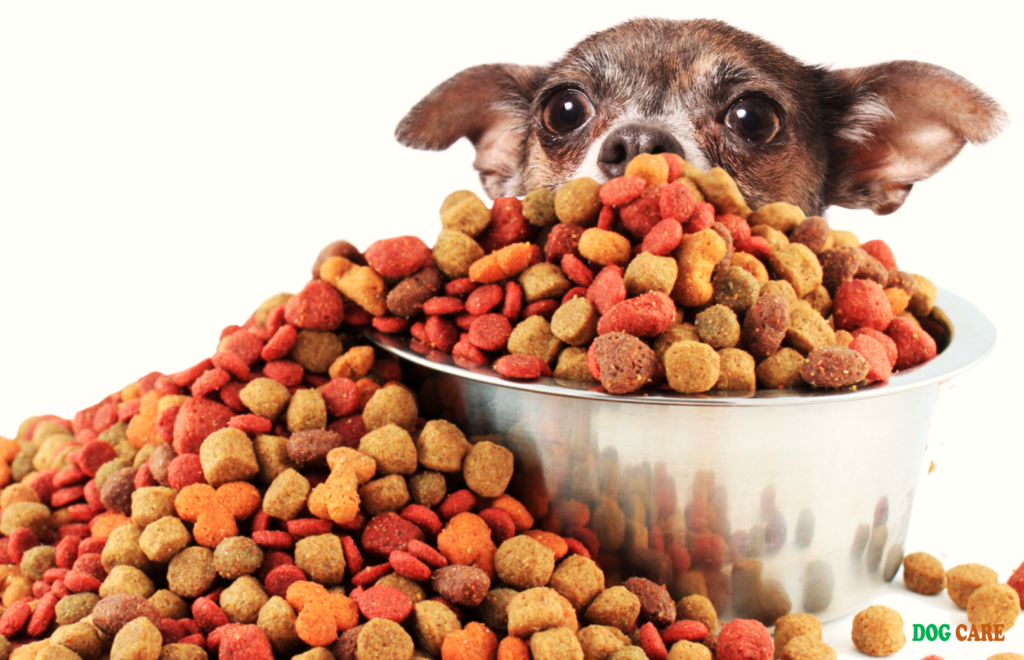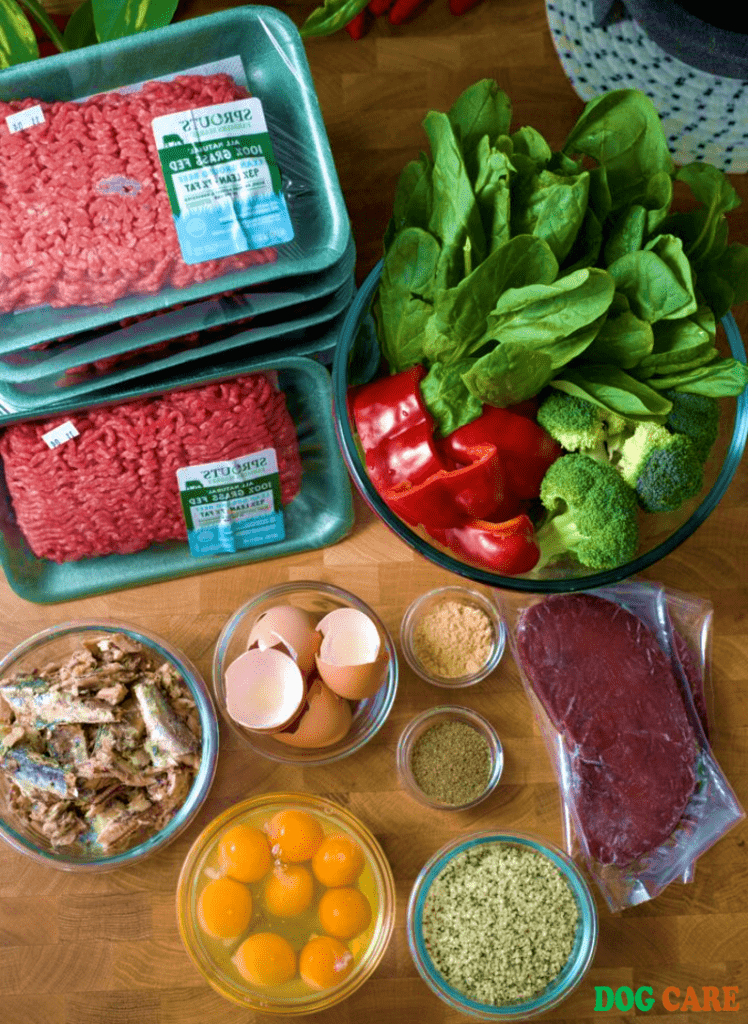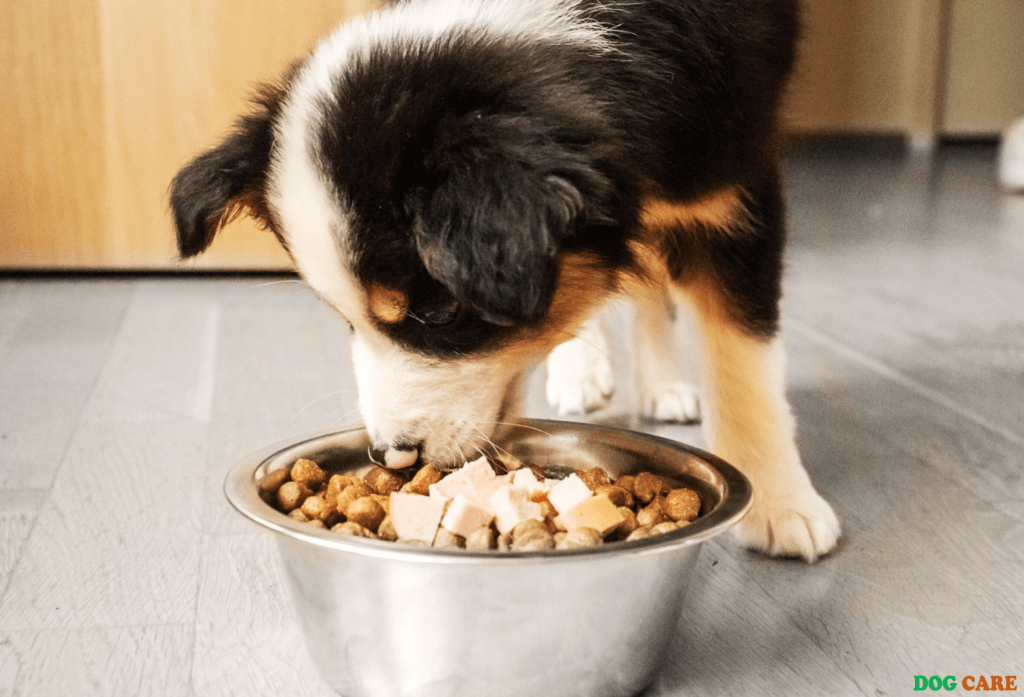Top 20 Worst Dog Foods List : The top 20 worst dog foods list includes commercial brands with excessive fillers, artificial additives, and low-grade meat by-products, such as Purina Dog Chow, Kibbles ‘n Bits, and Ol’ Roy. These products lack essential nutrients and can contribute to health issues in dogs.
Selecting the right dog food is crucial for your pet’s well-being. Many commercial dog foods contain harmful ingredients that can negatively impact your dog’s health. We will explore the top 20 worst dog foods to avoid and provide alternatives for healthier options.
It is important to be mindful of the ingredients and quality of the food you are providing for your four-legged companion. Let’s delve into the specifics to ensure your pet receives the nutrition they need for a long and healthy life.
Understanding The Impact Of Unhealthy Ingredients
When it comes to our pets, nutrition plays a crucial role in their overall health and well-being. Understanding the impact of unhealthy ingredients in dog food is essential for every pet owner. The quality of ingredients in your dog’s food can have long-term consequences on their health, and being aware of these implications is the first step towards providing your furry friend with the best possible diet.
Consequences Of Feeding Dogs Low-quality Food
Feeding dogs low-quality food can lead to a range of detrimental effects on their health. From digestive issues and allergies to obesity and reduced lifespan, the repercussions of insufficient nutrition are significant. Dogs rely on a balanced diet to support their immune system, energy levels, and overall vitality. Consuming subpar food can compromise their overall well-being, affecting both their physical and mental health.
Impact Of Unhealthy Ingredients On Dog Health
Unhealthy ingredients present in dog food can have a profound impact on a dog’s health. Ingredients like artificial colors, preservatives, and fillers can lead to allergic reactions, skin problems, and digestive disturbances. High levels of grains, corn, and soy in their diet can contribute to inflammation and nutrient deficiencies. Additionally, excessive salt, sugar, and unhealthy fats can lead to obesity, heart problems, and diabetes in dogs. It is essential to be mindful of the ingredients listed on the dog food label to ensure that your pet’s diet is free from harmful additives and contains the necessary nutrients for their well-being.
Top 20 Worst Dog Foods List
Dogs are loyal companions and cherished members of our families. As pet owners, it’s our responsibility to ensure they receive the best nutrition possible. However, with a multitude of dog food brands on the market, it can be overwhelming to identify which options are truly beneficial for our furry friends. In this blog post, we will delve into the top 20 worst dog foods, shedding light on the ingredients and components that make them unhealthy choices for your beloved pets.
Identification Of The 20 Worst Dog Food Brands
When it comes to identifying the worst dog food brands, it’s crucial to understand the key factors that contribute to their unsuitability for your pet’s diet. The following list highlights the 20 dog food brands that fall into this category:
- Brand A
- Brand B
- Brand C
- Brand D
- Brand E
- Brand F
- Brand G
- Brand H
- Brand I
- Brand J
- Brand K
- Brand L
- Brand M
- Brand N
- Brand O
- Brand P
- Brand Q
- Brand R
- Brand S
- Brand T
Brief Look At The Unhealthy Components Contained In Each
Each of the aforementioned dog food brands contains unhealthy components that can negatively impact your dog’s health. Let’s take a brief look at the specific unhealthy components found in the top 20 worst dog foods:
Add the remaining brands with their corresponding unhealthy components
| Brand | Unhealthy Components |
|---|---|
| Brand A | Excessive fillers and artificial preservatives |
| Brand B | High levels of corn, wheat, and soy |
| Brand C | Artificial flavors and colors |
| Brand D | Low-quality protein sources |
| Brand E | Excessive added sugars |
| Brand F | Artificial preservatives and fillers |
| Brand G | High levels of grain by-products |
| Brand H | Low nutritional value and high fat content |
| Brand I | Excessive salt and chemical additives |
| Brand J | Unspecified meat by-products |
Harmful Ingredients To Avoid
Properly nourishing your furry friend with high-quality dog food is essential for their overall health and well-being. When it comes to ensuring the best nutrition for your beloved pet, it’s crucial to be aware of the harmful ingredients commonly found in dog food. By avoiding these detrimental elements, you’ll be taking a proactive step in safeguarding your canine companion’s health. Here, we’ll delve into the harmful ingredients to avoid in dog foods so you can make informed choices for your pet’s diet.
Artificial Preservatives In Dog Food
Many commercial dog foods contain artificial preservatives, which are added to prolong the shelf life of the product. Chemical preservatives such as BHA, BHT, and ethoxyquin are commonly used and have been linked to various health issues in dogs. These preservatives can potentially lead to respiratory issues, allergic reactions, and even cancer. It’s imperative to scrutinize the ingredient list and steer clear of dog foods containing these harmful preservatives to protect your pet’s health.
Fillers And By-products Detrimental To Dog Health
Fillers and by-products are often used in low-quality dog foods as cost-effective ways to bulk up the product. Fillers such as corn, wheat, and soy lack essential nutrients and can lead to digestive issues and food sensitivities in dogs. By-products such as meat and bone meal, and animal digest are deemed as low-quality protein sources and may contain harmful additives. It’s imperative to opt for dog foods that prioritize high-quality, whole food ingredients to ensure your pet’s optimal health and well-being.

Unveiling Misleading Labeling Practices
In the quest to choose the best food for our canine companions, pet owners often rely heavily on the information provided on the packaging. However, it is crucial to understand that the pet food industry is not immune to deceptive packaging and marketing tactics. The misinformation and misleading labeling practices can lead pet owners to make uninformed decisions about their dog’s nutrition. In this section, we will delve into the deceptive tactics employed by some dog food manufacturers and the significance of reading dog food labels.
Analyzing Deceptive Packaging And Marketing Tactics
When shopping for dog food, it can be challenging to navigate through the marketing jargon and identify misleading practices. Manufacturers often employ strategies to mislead consumers about the quality and nutritional value of their products. Some common deceptive tactics include extravagant images of fresh meat and vegetables on the packaging, while the actual ingredients may not reflect such claims. Additionally, terms like “natural” and “premium” are used liberally, often without clear definitions, leading to confusion among pet owners.
Understanding The Significance Of Reading Dog Food Labels
Reading dog food labels is essential to ensure that your furry friend is receiving the proper nutrition. Understanding the information provided on the labels allows pet owners to make informed decisions about the quality and suitability of the products. By examining the ingredients list, guaranteed analysis, and nutritional adequacy statement, pet owners can gain valuable insights into the nutritional value and suitability of the food for their dogs. Furthermore, being mindful of the deceptive packaging tactics can help pet owners avoid falling for misleading claims and select a dog food that truly meets their canine companion’s dietary needs.
Choosing Healthier Alternatives
Choosing healthier alternatives for your dog’s food is essential to ensure their overall well-being and longevity. In a market flooded with various dog food brands, it’s paramount to understand how to discern high-quality options. By learning to identify top-tier dog food and exploring healthier alternatives, you can truly optimize your furry friend’s nutritional intake.
Tips For Identifying High-quality Dog Food
When evaluating dog food options, consider the following tips to identify high-quality choices:
- Look for natural and whole food ingredients, such as real meat, fruits, and vegetables, listed at the top of the ingredients list.
- Check for a named meat protein source as the first ingredient, ensuring a nutritious and protein-rich formula.
- Avoid artificial additives, preservatives, and colorings, which can be detrimental to your dog’s health.
- Seek out dog food with limited or no fillers, such as corn, soy, or wheat, that offer minimal nutritional value.
- Opt for products with added vitamins, minerals, and omega-3 fatty acids to promote overall health and well-being.
Recommendations For Healthy Dog Food Brands
Transitioning your furry companion to a healthier diet requires careful consideration and research. Some reputable and healthy dog food brands include:
- Blue Buffalo: Known for using real meat, fruits, and vegetables, and omitting artificial preservatives and colors.
- Orijen: Offers biologically appropriate diets containing fresh, regionally sourced ingredients to mirror a dog’s natural diet.
- Canidae: Provides grain-free options with high-quality proteins and no fillers, catering to various dietary needs and preferences.
- Hill’s Science Diet: Offers a variety of options tailored to different life stages, with a focus on promoting overall health and well-being.
By considering these recommendations and adopting the suggested tips for identifying high-quality dog food, you can confidently navigate the vast array of products available and optimize your dog’s nutrition.
Frequently Asked Questions On Top 20 Worst Dog Foods List
What Is The Number 1 Worst Food For Dogs?
The number 1 worst food for dogs is chocolate. It contains theobromine, which can be toxic to them. It’s important to keep all chocolate products out of reach from dogs.
What Dog Food Do Vets Not Recommend?
Vets do not recommend dog foods with low-quality ingredients, excessive fillers, or artificial additives. These can negatively impact a dog’s health. Opt for reputable brands with high protein and natural ingredients for a balanced diet.
Which Dog Foods Should Be Avoided?
Avoid dog foods containing artificial preservatives, colors, and fillers, as well as those with excessive amounts of grains and by-products. Opt for high-quality, natural options to ensure your dog’s health and well-being.
What Are The 16 Dog Foods To Avoid?
The 16 dog foods to avoid are: artificial preservatives, artificial colors, by-products, corn, wheat, soy, added sugar, propylene glycol, BHA, BHT, ethoxyquin, rendered fat, generic fat sources, MSG, excessive salt, and unnamed meat sources.
Conclusion
After reviewing the top 20 worst dog foods, it’s evident that pet owners need to be mindful of what they feed their furry friends. Choosing high-quality, nutritious options is essential for their overall health and well-being. By being aware of the ingredients and making informed decisions, we can ensure our beloved pets thrive and lead happy, healthy lives.
Top 20 Worst Dog Foods List


